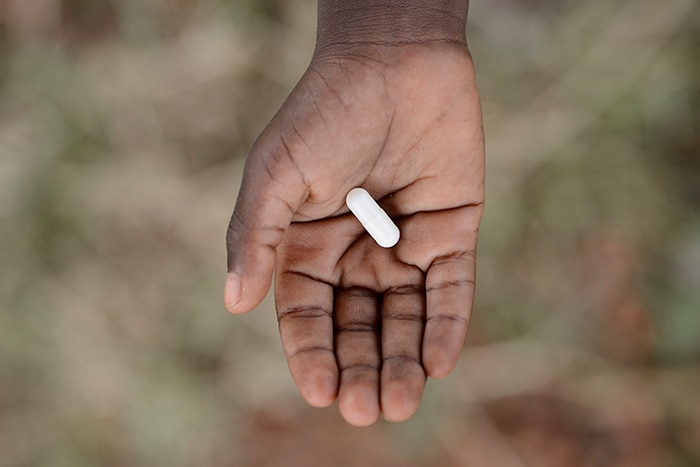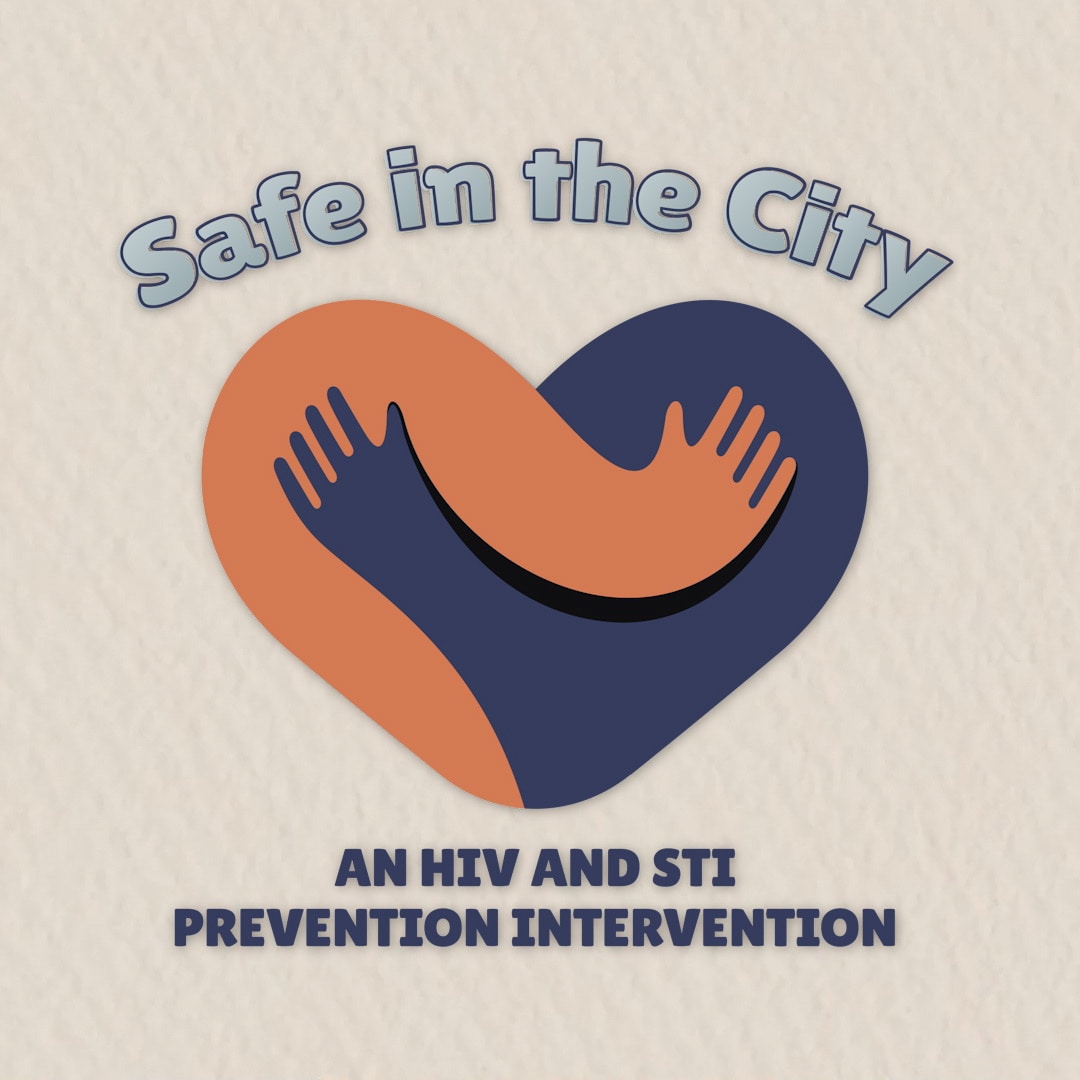Prevent
Prevent new HIV transmissions by using proven interventions, including pre-exposure prophylaxis (PrEP) and syringe services programs (SSPs).
Pre-exposure Prophylaxis (PrEP)
PrEP is a pill that reduces the risk of getting HIV when taken as prescribed. Less than 20% of the estimated more than 1.2 million Americans who could benefit from PrEP are using this prevention medication. As part of Ending the HIV Epidemic in the U.S., CDC and federal partners implement a number of strategies to increase access to and use of PrEP:
- CDC and the Health Resources and Services Administration (HRSA) train healthcare providers on prescribing and managing PrEP, and HRSA is increasing the availability of PrEP services in community health centers.
- CDC and the U.S. Department of Health & Human Services’ (HHS) Substance Abuse and Mental Health Services Administration (SAMHSA) conduct outreach to people at highest risk, so they know PrEP is available and how to access it.
- CDC and HHS remove cost barriers and increase access to PrEP nationwide through the Ready, Set, PrEP program.
- CDC updates clinical guidelines for prescribing PrEP.
- CDC adds more public and private providers who offer PrEP to its PrEP Locator.
- CDC develops education campaigns for both the public and healthcare providers to combat stigma associated with PrEP use and HIV.
Syringe Services Programs (SSPs)
Comprehensive SSPs have been shown to dramatically reduce HIV risk and can provide an entry point for a range of services to help stop drug use, overdose deaths, and infectious disease transmission. Research shows that new SSP users are five times more likely to enter drug treatment, and about three times more likely to stop using drugs, than people who don’t use the programs.
Yet many communities now threatened by the opioid epidemic and increasing injection drug use have not had the resources to establish effective SSPs. CDC works with SAMHSA to increase access to and use of comprehensive SSPs and works with local communities to implement SSPs where they are needed and permitted by state and local laws. SAMHSA published an evidence-based resource guide, Prevention and Treatment of HIV Among People Living with Substance Use and/or Mental Disorders, which contains a comprehensive set of modules with information to improve health outcomes for people at risk for developing, living with, or recovering from mental illness and/or substance use disorder (SUD). Interventions throughout the guide are aligned with the Ending the HIV Epidemic in the U.S. initiative and designed for practitioners, administrators, community leaders, and others considering an intervention for their organization or community.
Behavioral, Biomedical, and Structural Interventions
High-impact HIV prevention includes the use of scalable, cost-effective interventions with demonstrated potential to reduce new infections in the right populations. CDC’s Prevention Research Synthesis (PRS) Project routinely updates an online Compendium of Evidence-Based Interventions and Best Practices for HIV Prevention by adding newly identified behavioral, biomedical, and structural evidence-based interventions (EBI) and best practices to significantly reduce risk of HIV transmission.
Resources are available for the HIV prevention workforce to increase its capacity to prevent new HIV transmissions by using proven interventions, including PrEP.










